Nature Getaways: Hiking and Camping in Glacier National Park
Cyan-colored lakes, spectacular views, and surprise moose encounters – no wonder Montana's Glacier National Park is one of Tim Neville’s favorites.
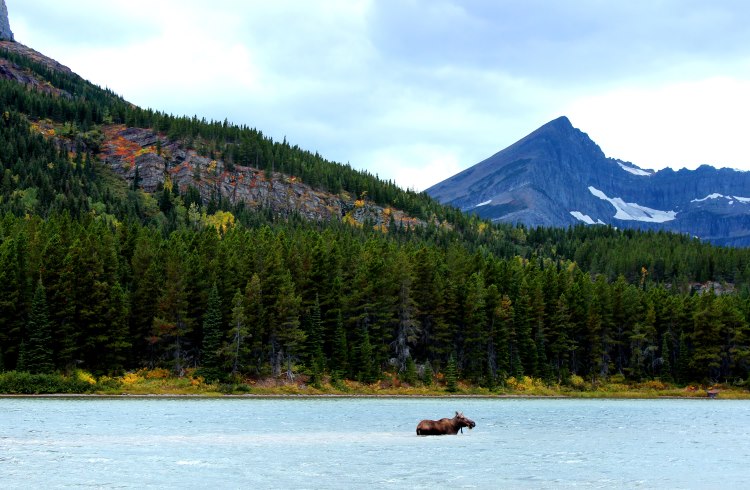 Photo © Getty Images / omun323
Photo © Getty Images / omun323
COVID-19 update: Glacier National Park is partially open. Get details and status updates here.
“There!” the stranger booms. He lowers his binoculars and points off trail. To my right, a hillside of broom and buckwheat collapses into a wide ravine before regrouping on the other side. I squint and scan. A tree. A rock. Another rock. Wait. That rock moved.
“There!” I blurt out. Even from a distance, you can see the telltale bony mitt of a moose’s antler rack.
“Oh,” the stranger says, quizzically. He’s an American in a navy-blue Georgia Tech t-shirt. He points 200 yards (180m) and a good 30 degrees to the left of my find. “I was looking at that one,” he says. That one is another moose accompanied by – what’s this?! – a baby moose! We all gawk for a bit and then walk on feeling rather giddy. It’s been a good hike, a three-moose kind of hike.
Day Hikes in Glacier National Park, Montana
My wife, Heidi, and daughter, Evie, and I had rolled into Glacier National Park in northwestern Montana the day before. Glacier sometimes plays second fiddle to Yellowstone National Park, the world’s first national park, which sits about six hours south. But, for all the seismic, geyser-spewing wonder of Yellowstone, Glacier sings with a wild alpine grandeur rarely seen this side of Switzerland.
Experiencing the park, like pretty much any park in the US, is best done on foot. More than 700mi (1,125km) of trails trace across Glacier’s 1,583mi2 (5,000km2), and over 25 years I’ve seen my share of them. I’ve backpacked under the gaze of white mountain goats for days in the backcountry above Lake McDonald, and used the park’s free shuttle buses to connect trails up and over Siyeh Pass. Step only a few feet off the Going to the Sun Road, the park’s spectacular through-road that rises to more than 6,600ft (2,101m), and you’ll find meadows fuzzy with flowers. Once, I eased myself into a frigid alpine lake for a skinny dip when I heard a splash along the far bank. That’s the first and only time I’ve bathed with a moose.
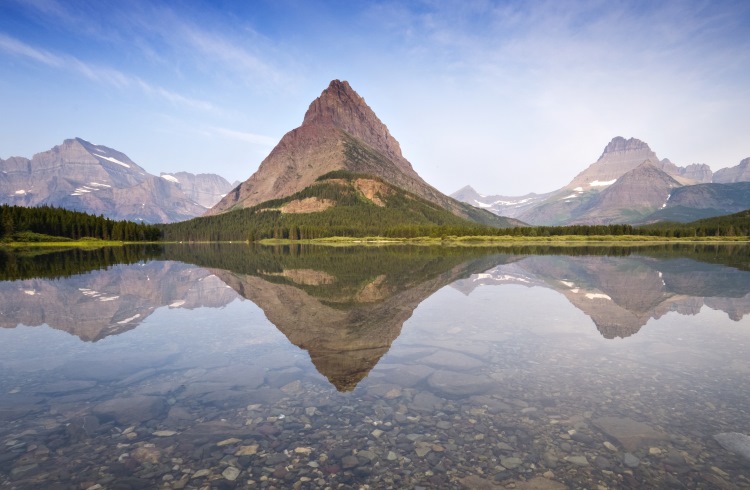
Camping, hiking, and fishing at Many Glacier
For this trip, we get a car-camping site at the Many Glacier Campground not far from Swiftcurrent Lake and settle in under the pines. Campgrounds in American national parks are wonderful places, a woodsy microcosm of the nation bound by a love for being in wild and beautiful settings. Kids roar around the campground on bicycles. Parents set out potato salad and sausages on picnic tables draped in gingham cloths. We pull out a map and make a plan.
In all we have three days to hike in the park and we want to spend them ticking off easy to moderately difficult trails into the alpine country. We want day hikes no longer than 11mi (18km) round trip, and we plan to explore two regions of the park – Many Glacier and Two Medicine. We’ll take time to sniff the asters and reward ourselves with ice cream. I pack a light fly-fishing rod in hopes of landing a rainbow trout. We’re pretty sure we’ll see some big mammals, too – you pretty much always do.
On our first day, the air hangs hot and smoky over the valleys, blurring the piebald peaks. It’s August, fire season, so we stay low and set out on an easy hike around Swiftcurrent Lake. Young couples float atop the denim-blue water in handmade rowboats rented from a shack near the Many Glacier Hotel, a 214-room throwback of wood and stone built in 1915 at the far end of the lake. An eagle circles overhead.
I find a small stream feeding the lake from the southwest and fish for a few hours with no luck, while Heidi and Evie hike on. They don’t go far – maybe another mile. It’s a little over 8mi (13km) one way from here up to a viewpoint over Grinnell Glacier, one of the rapidly shrinking features that gives the park its name. You can cut the distance down to about 8mi (13km) round trip by taking two free boat rides across two of the lakes you’d otherwise hike, including this one.
When George Bird Grinnell, an ethnographer and explorer, first saw the glacier that now carries his name in 1887, the ice covered more than 700 acres (2.8km2). Today the glacier spans less than 150 acres (0.6 km2).
“The glaciers would be melting anyway,” a ranger later told me. “Climate change is just speeding it up.”
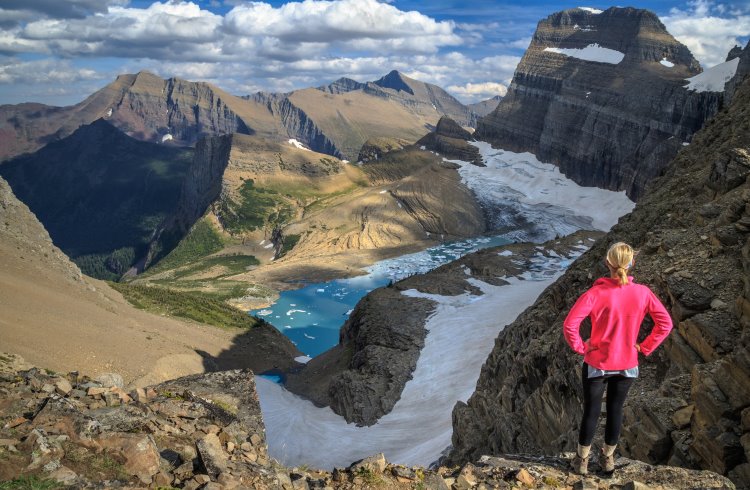
Hikes at Iceberg Lake and Two Medicine
Day two is our big day, a 10mi (16km) trip up to Iceberg Lake. We set out early to avoid the heat. The trail climbs steadily and steeply out of the Many Glacier area, passing in and out of the woods until it pokes through the tree line. A spur trail leads north to Ptarmigan Lake, but we carry on to one of the more stunning sites in the park: a cyan bowl of glacial meltwater cupped against an amphitheater of sheer black rock. Mountain goats wander along the cliff bands. Chunks of ice bob below. The place is so magical it can be hard to leave. But we do. That’s when we see the three moose.
By the end of the trip, we’ll see two more. It happens on our final day, when we pack up camp and drive to Two Medicine in the southeast corner of the park, a fairly remote region that was once a railroad depot. We take a boat ride across Two Medicine Lake before setting out on a 4mi (6.5km) round-trip hike up to Upper Two Medicine Lake. Here the smoke from wildfires has cleared. Sinopah Mountain rises above like us like a bell.
The world up here is reduced to blues and greens with flashes of white. The views over soaring mountains and placid lakes are what keep me coming back. Someday I’ll head up and over Gunsight Pass or spend a night at the Granite Park Chalet. I’d like to see Grinnell Glacier, too, before it’s gone.
For now, though, I’m happy to hike along, the soft steps of my daughter and wife plopping along in rhythm. Suddenly, we hear some rustling off in the woods. We all freeze. A bear?
Nope, just another pair of moose.
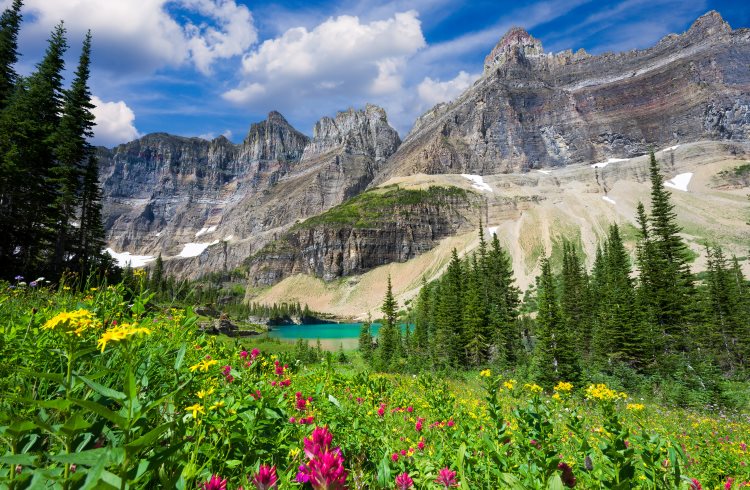
Trip Notes
Getting there
The most popular way to get to Glacier is by car. The closest airport is in Kalispell, Montana, about 30mi (48km) from West Glacier. Missoula, Montana, about 150mi (240km) south, has more frequent air service.
When to go
The joke goes Montana has two seasons: winter and August. It’s not too far off. Snow can stack up to 80ft (24m) or more atop Going to the Sun Road. Late July is lovely as is August, though fire season can make things smoky. Expect snow as early as September.
Wildlife
Glacier is home to grizzly bears, moose, and other varieties of charismatic, but dangerous, megafauna. Here’s how to keep yourself safe.
Related articles
Simple and flexible travel insurance
You can buy at home or while traveling, and claim online from anywhere in the world. With 150+ adventure activities covered and 24/7 emergency assistance.
Get a quote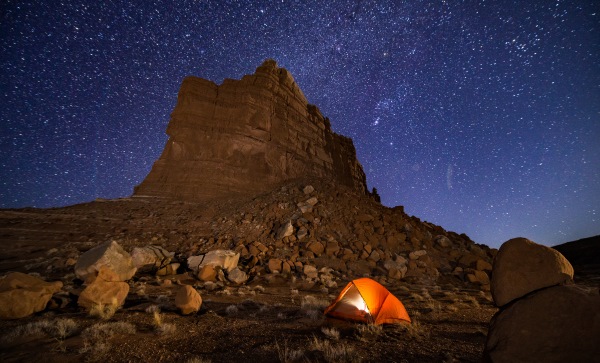
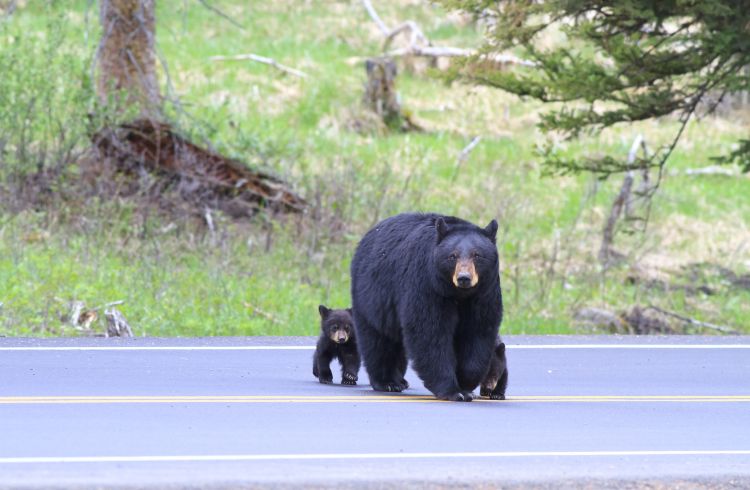
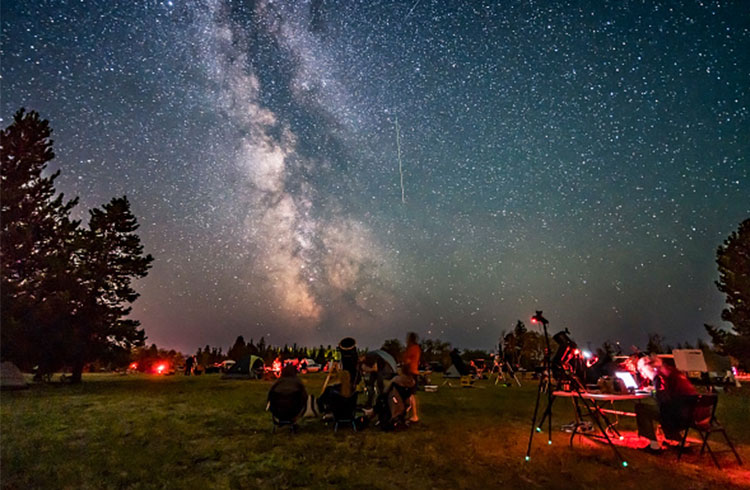
No Comments